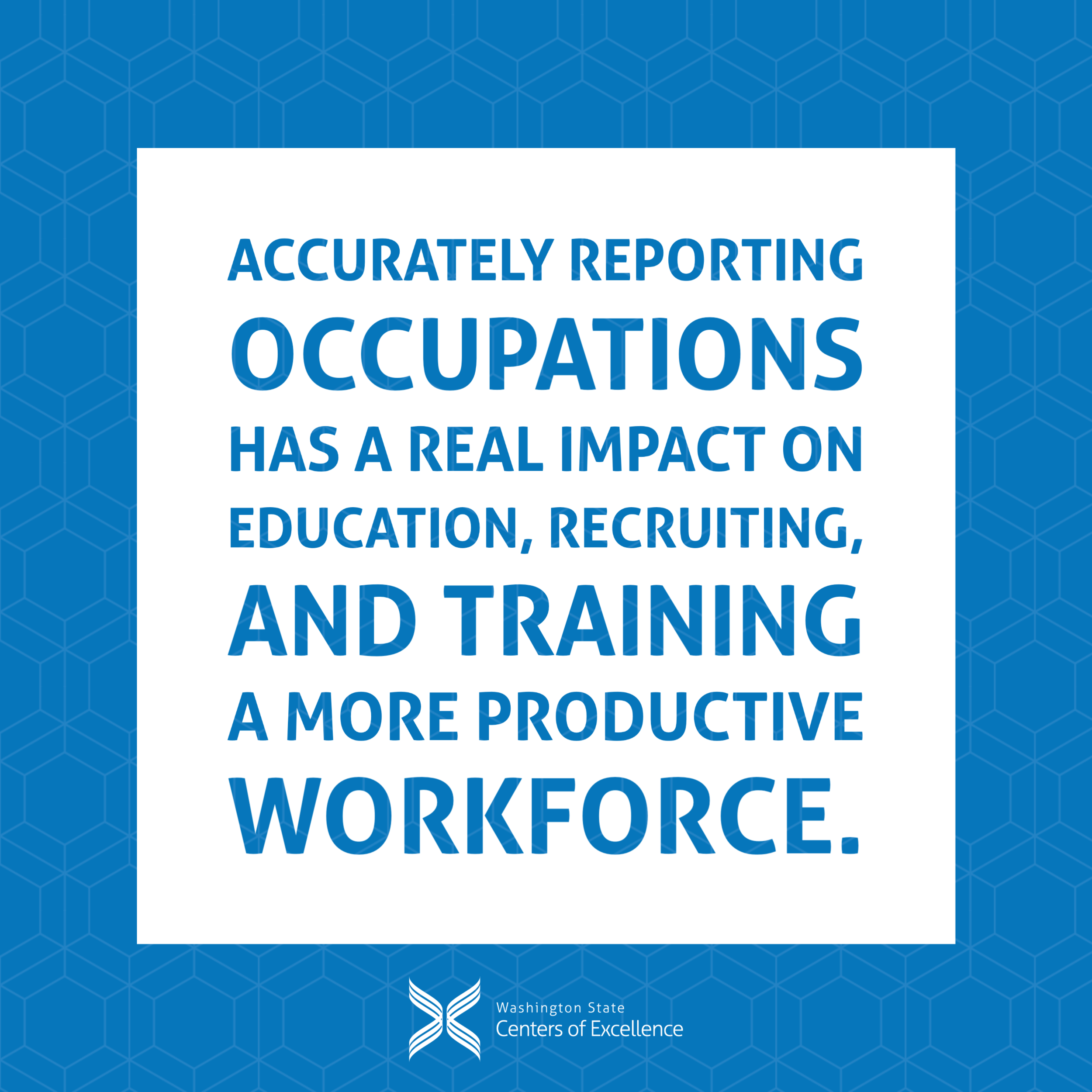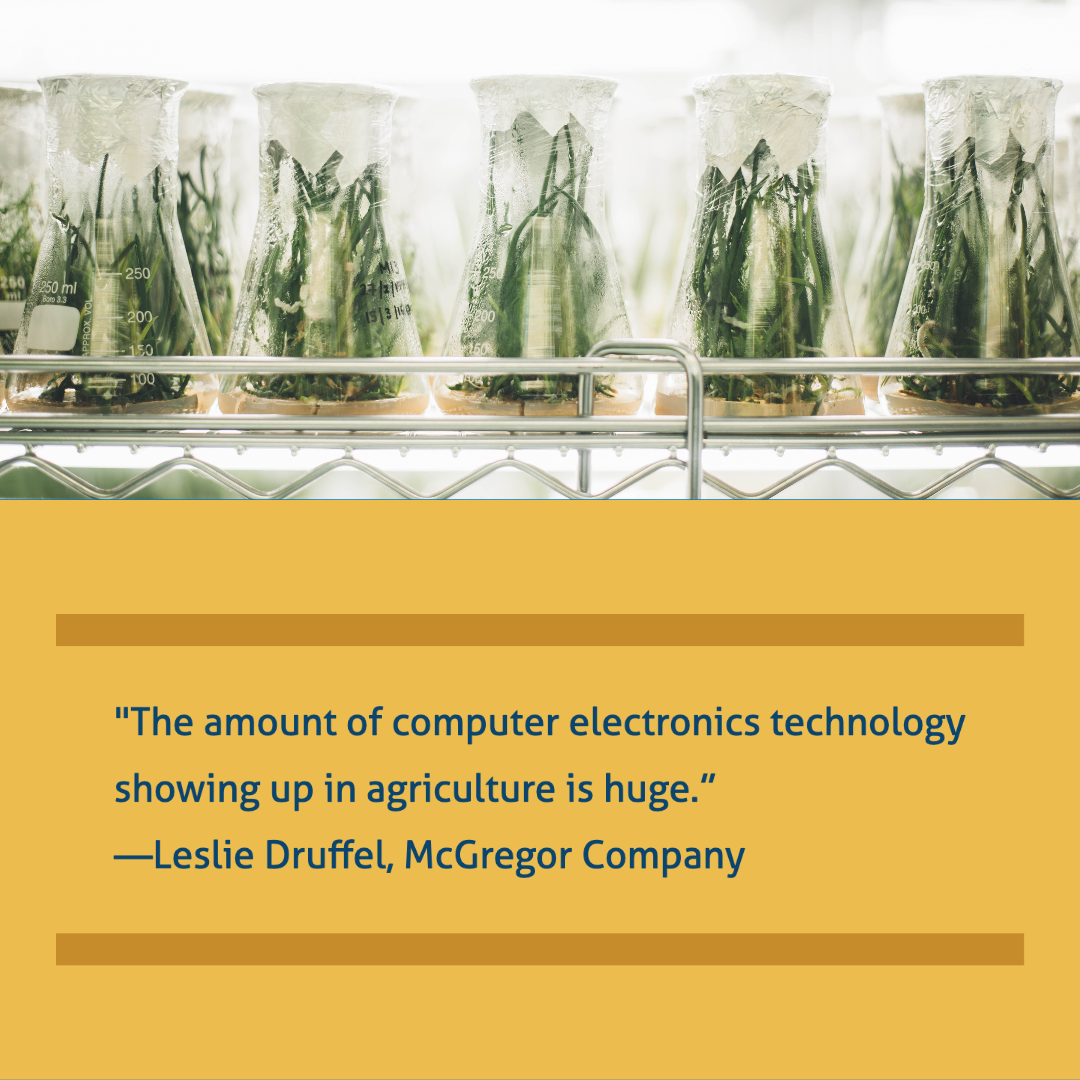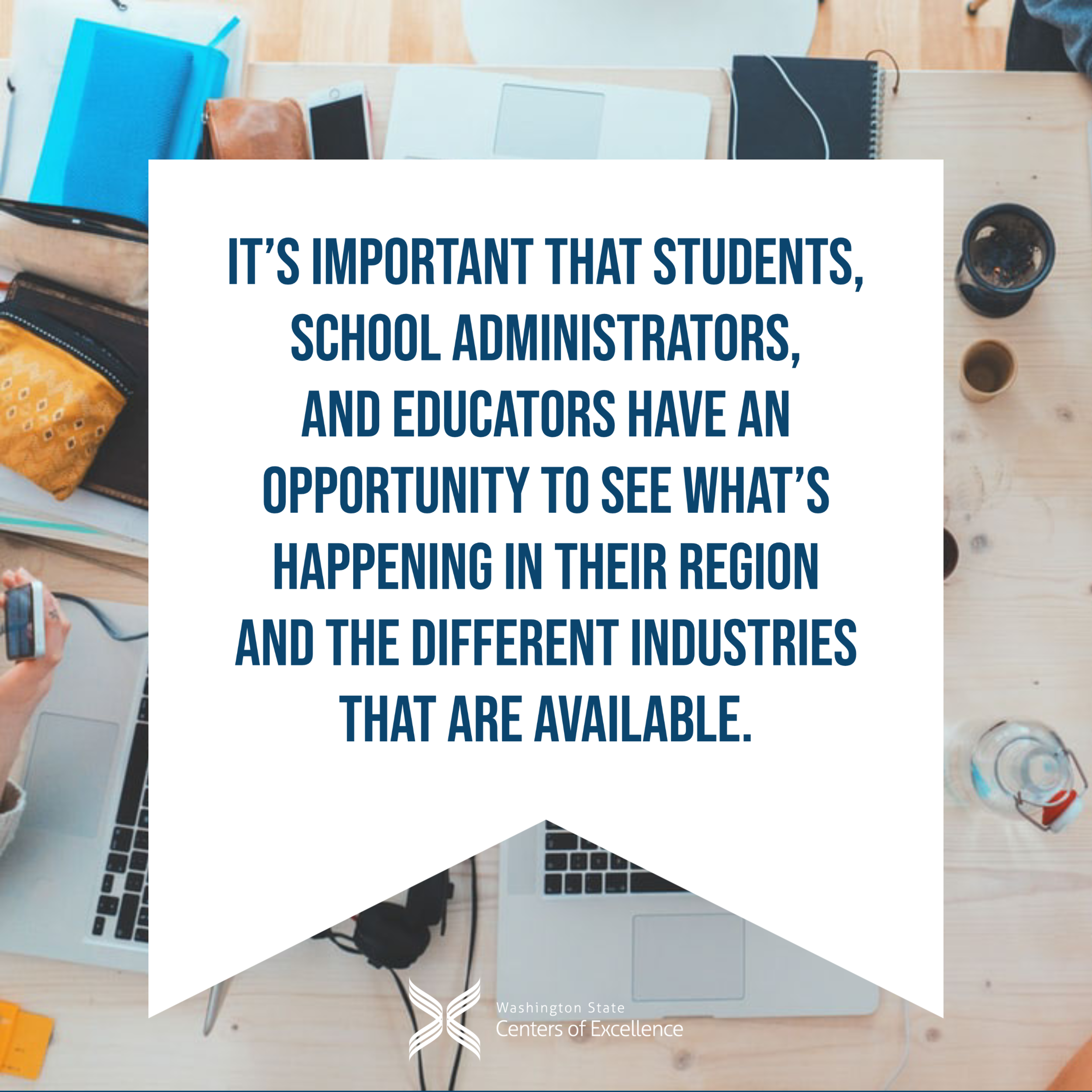The Challenge of Tracking a Changing Workforce
Good data on the workforce needs of employers is very important for educators who want to equip students with the most relevant, in demand skills for nearby jobs available now and in the next few years. Unfortunately, it appears that perusing individual local and regional employers’ websites and their job listings under a Careers tab might be the best bet for now -- because government agencies do not track or report workforce needs in a useful way.
Leslie Druffel, the Outreach Coordinator for The McGregor Company in Colfax took time with us recently to discuss the situation. She pointed out, “Workforce data drives funding for school programs, whether it’s K-12, technical schools, community colleges or 4-year institutions. We need to get students trained in the correct categories quickly for in demand careers” so they don’t miss out on good opportunities and so employers can hire for the skills they need.
Whether it’s in the aerospace, computer science, agriculture or natural resources industry, a company requires certain skills for entry-level jobs and students have to know what those are and where to go to get them.
Leslie explained that labor market data from the Bureau of Labor Statistics (BLS) and from the state’s Workforce Board is not representative of current “needs out in industry because of the way the data is collected.” A specific occupation is not necessarily linked to particular industry sectors or functions, but rather to broad categories such as “wholesale trade” or “manufacturing.” “The majority of the 350 employees at The McGregor Company are providing agricultural products and services directly to farmers – these are unequivocally ag jobs, not wholesale nor manufacturing. Yet our company is categorized as a wholesale merchant.”
That’s true for Druffel’s employer and others, such as G.S. Long, Nutrien, AgLink, etc. None of their jobs in business clerical work, industrial equipment maintenance or commercial truck driving, for example are actually linked to agriculture.
In Leslie’s experience, schools don’t teach much about agriculture because they don’t see related occupations that are in demand. “We may need more people to farm, but we need a whole lot more people who are familiar with and can support production agriculture,” which is growing including fields in ag marketing, management and finance. And “truck drivers aren’t considered part of the ‘ag’ workforce even though they’re a critical component of the supply chain.”
This data mismatch makes it difficult for employers to go to the state capital in Olympia and make the case for needing thousands more people with technical, business and sales skills who can get fertilizer, equipment, technology and seed products out into the hand of the farmers.
Leslie also observed that the newest young employees lack basic hands-on mechanical skills like knowing how to use hand tools or what a pump does. “I know that not everybody is going to know how to rebuild a pump that moves fertilizer out of a tank into an application machine. But a pump, conceptually, works the same way whether it’s in a fish tank, a fertilizer truck or fire truck.” So McGregor is “hiring for attitude and willingness to learn” and starting technical training on the job. Basic training on mechanical and fabrication skills might even include how to drive a vehicle with a manual transmission.
One of Leslie’s colleagues who trains employees to get commercial drivers’ licenses (CDLs) says “those that have had some college or finished a degree of some sort beyond high school are much better at picking up the information needed to acquire a CDL. They’re able to comprehend the reading material far better.”
Leslie says that industry needs to look at how we’re reporting our occupations and have conversations with our HR departments so they know the impact that jobs reporting can have in the grand scheme of education and recruiting and training a more productive workforce. That data matters at both a K-12 level and for post-secondary programs, especially community colleges.
Ms. Druffel recommends “making sure students have a field trip to come and tour any of our facilities,” but she thinks “it’s even more important that the school administrators and educators have an opportunity to do that…to really see what’s happening in their region with the different industries that are represented.”
In terms of what’s changing the most, Leslie said, “the amount of computer electronics technology showing up in agriculture is huge.” In a machinery-driven industry (that part is static), the equipment must be maintained, calibrated and inspected for safety. Service technicians (or “Industrial Equipment Mechanics”) increasingly need skillsets that include working with computer functions, smart devices and sensors. They need to be able to hook up technology between pieces of field machinery, set up user interface connections, and navigate to remote areas where Google maps doesn’t reach.
Finally, we touched on Washington State House Bill 2308 which would require businesses to report standard occupations classifications (SOC) or job titles when they’re reporting on unemployment insurance. That additional piece of data will help identify which occupations are currently in supply and help clarify the trends for projecting future demand. “There are still some issues to work out with the SOC codes,” Leslie admits, “but we have to start somewhere.” It can be difficult to pinpoint the correct code for an occupation (there are 867 to choose from) as some descriptions are very similar in duties, for example a ‘millwright’ and an ‘industrial equipment mechanic’. There’s no perfect way to identify what kinds of occupations are represented within any given company, but a new uniform state reporting requirement would help guide government program managers, educators, and jobseekers to better understand current and future workforce needs.






